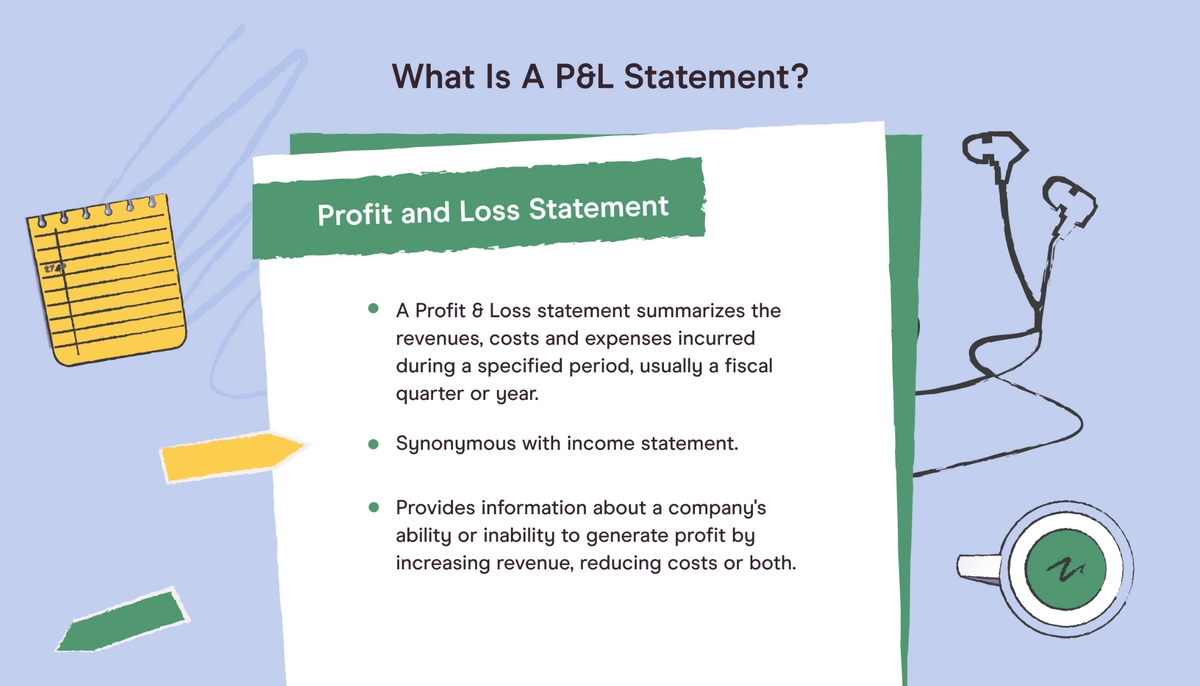Home>Finance>Backtesting: Definition, How It Works, And Downsides


Finance
Backtesting: Definition, How It Works, And Downsides
Published: October 12, 2023
Discover the ins and outs of backtesting in FINANCE, including its definition, how it works, and the possible downsides. Empower your investment strategies with this comprehensive guide.
(Many of the links in this article redirect to a specific reviewed product. Your purchase of these products through affiliate links helps to generate commission for LiveWell, at no extra cost. Learn more)
The Power of Backtesting in Finance
When it comes to navigating the complex world of finance, having a crystal ball would be invaluable. Unfortunately, we can’t predict the future with absolute certainty. However, there is a powerful tool that can help us make more informed decisions – backtesting.
Key Takeaways
- Backtesting allows investors to evaluate the performance of an investment strategy using historical data.
- It helps identify potential flaws and pitfalls in a strategy before risking real money.
Now, you might be wondering, what exactly is backtesting? In simple terms, backtesting is a process that evaluates the effectiveness of an investment strategy by simulating its performance using historical data. It’s like taking a trip to the past to see how a particular strategy would have performed under different market conditions.
So, how does it work? Well, let’s break it down into a few simple steps:
- Define the Strategy: First, you need to clearly define the investment strategy you want to test. This could be anything from a basic buy-and-hold approach to a more complex algorithmic trading strategy.
- Gather Historical Data: Next, you need to collect historical data for the assets or securities you plan to analyze. This could include price data, volume data, or any other relevant data points.
- Simulate the Strategy: Using the historical data, you can now simulate the performance of your chosen strategy. This typically involves running the strategy through a software program or spreadsheet to calculate the hypothetical returns.
- Analyze the Results: Once the simulation is complete, it’s time to analyze the results. This involves assessing various performance metrics such as returns, drawdowns, and risk-adjusted measures.
By conducting backtesting, investors can gain valuable insights into the potential strengths and weaknesses of their investment strategies. It allows them to refine their approach, make necessary adjustments, and reduce potential risks. After all, it’s better to uncover flaws in a strategy before risking real money in the market.
However, it’s important to note that backtesting is not without its downsides. Here are a few key considerations:
- Data Limitations: Backtesting relies heavily on historical data, and the accuracy and reliability of the results are only as good as the data used. Incomplete or inaccurate data could lead to misleading conclusions.
- Market Dynamics: Markets are dynamic and ever-changing, and what works in the past may not necessarily work in the future. Backtesting provides a backward-looking perspective and cannot guarantee future performance.
- Over-Optimization: It’s easy to fall into the trap of over-optimization, where a strategy is excessively tailored to historical data. This can result in a strategy that performs well in the past but fails to deliver in real-time trading.
Ultimately, backtesting is a valuable tool for investors to gain insights and improve their investment strategies. It helps to identify potential weaknesses, refine approaches, and better navigate the complexities of the financial markets. However, it’s crucial to acknowledge the limitations and use backtesting as one part of a larger investment decision-making process.














